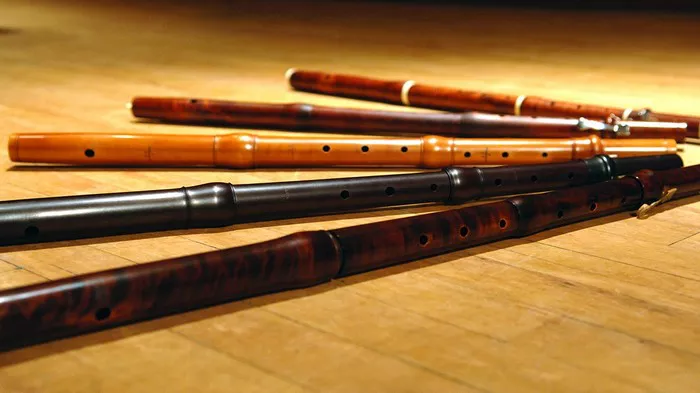When it comes to the world of musical instruments, the flute stands out as a beautiful and versatile instrument. Among the many brands and models available, Armstrong flutes have earned a reputation for their quality and craftsmanship. If you’re a proud owner of an Armstrong flute but find yourself unsure of its model, fear not. In this article, we’ll guide you through the process of identifying your Armstrong flute model.
Why Identify Your Flute Model?
Knowing the model of your flute is not just a matter of curiosity; it can have several practical benefits. Here are a few compelling reasons to identify your Armstrong flute’s model:
1. Appraisal and Valuation: If you’re considering selling your flute or insuring it, knowing the model can help determine its value accurately.
2. Maintenance and Repairs: Different flute models may have unique maintenance requirements or common issues. Identifying your model can be crucial when seeking repairs or maintenance services.
3. Upgrades and Accessories: If you wish to upgrade or personalize your flute, knowing the model will help you find compatible accessories and components.
Now, let’s dive into the steps to identify your Armstrong flute model.
Step 1: Check the Brand Markings
The first step in identifying your Armstrong flute model is to look for brand markings. Armstrong flutes typically have the brand name engraved on the body, near the foot joint. It is usually written in a distinct, elegant font. The brand name will be your initial clue that you own an Armstrong flute.
Step 2: Locate the Serial Number
Once you’ve confirmed that you have an Armstrong flute, the next crucial piece of information is the serial number. The serial number is a unique identifier for your specific flute and can provide valuable information about its origin and production details.
Look for the serial number on your Armstrong flute in one of the following locations:
1. On the body: Some Armstrong flutes have the serial number engraved directly on the body, often near the end of the headjoint or on the foot joint.
2. On the headjoint: In some cases, the serial number may be found on the headjoint, typically on the opposite side of the lip plate.
3. Inside the case: If you can’t find the serial number on the flute itself, check inside the case. Many flute cases have a label or sticker with the serial number.
Step 3: Decode the Serial Number
Once you’ve located the serial number, you can decode it to determine the model and production year of your Armstrong flute. The format of the serial number may vary slightly depending on the era of production, but it typically follows this pattern: LLL-NNNNN or LLNN-NNNNN.
The first two or three letters (LLL or LLNN) represent the model of the flute.
The remaining numbers (NNNNN) indicate the production number or year.
To decode the serial number, you may need to consult Armstrong’s historical records or contact a reputable flute dealer or expert. They can help you identify the specific model and production year based on the serial number.
Step 4: Consult Armstrong Flute Resources
Armstrong has a dedicated following, and there are numerous online communities, forums, and websites where flute enthusiasts share information and resources. These resources can be invaluable when identifying your flute model.
Joining online forums or communities related to Armstrong flutes can provide you with access to knowledgeable individuals who can help you identify your flute based on photographs, descriptions, or serial numbers. Websites and databases dedicated to Armstrong flutes may also offer model identification guides and historical information.
Step 5: Seek Professional Assistance
If you’re still unable to identify your Armstrong flute model, consider seeking assistance from a professional flute technician or appraiser. These experts have extensive experience with various flute brands and models and can often identify your flute based on its physical characteristics and serial number.
A professional technician can also provide valuable insights into the condition of your flute and any necessary maintenance or repairs.
See Also: What Key Is Bass Flute In: Exploring Its Enigmatic Key
In Conclusion
Identifying your Armstrong flute model is a rewarding endeavor that can enhance your appreciation of your instrument and its history. By following the steps outlined in this article, from checking brand markings to decoding the serial number, consulting online resources, and seeking professional assistance if needed, you can uncover the model and history of your Armstrong flute. Armed with this knowledge, you’ll be better equipped to care for and enjoy your flute for years to come.

